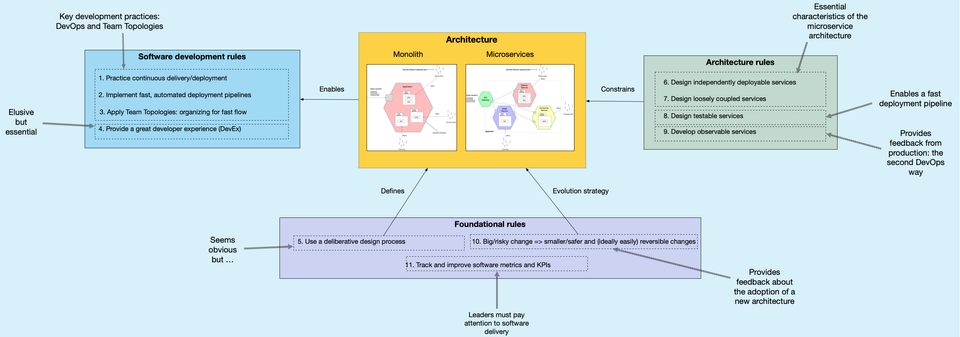Microservices rules #2: Implement fast, automated deployment pipelines

This is the first article in the series about microservices rules: what good looks like, which are a set of principles and practices for using microservices effectively. The articles in the series are:
1. Practice continuous delivery/deployment
2. Implement fast, automated deployment pipelines
4. Provide a great developer experience (DevEx)
5. Use a deliberative design process
6. Design independently deployable services
7. Design loosely coupled services - part 1, part 2, part 3
9. Develop observable services
10. Big/risky change => smaller/safer and (ideally easily) reversible changes - part 1 - incremental architecture modernization, part 2 - continuous deployment, part 3 - canary releases, part 4 - incrementally migrating users, part 5 - smaller user stories
11.Track and improve software metrics and KPIs
Microservices rules #2 is implement fast, automated deployment pipelines. The path from a developer’s laptop to production must be a fast, automated deployment pipeline.

The goal is to shorten feedback loops, which has a range of benefits including improved development experience (DevEx) and faster product improvement. To understand why, let’s start with my high school programming class.